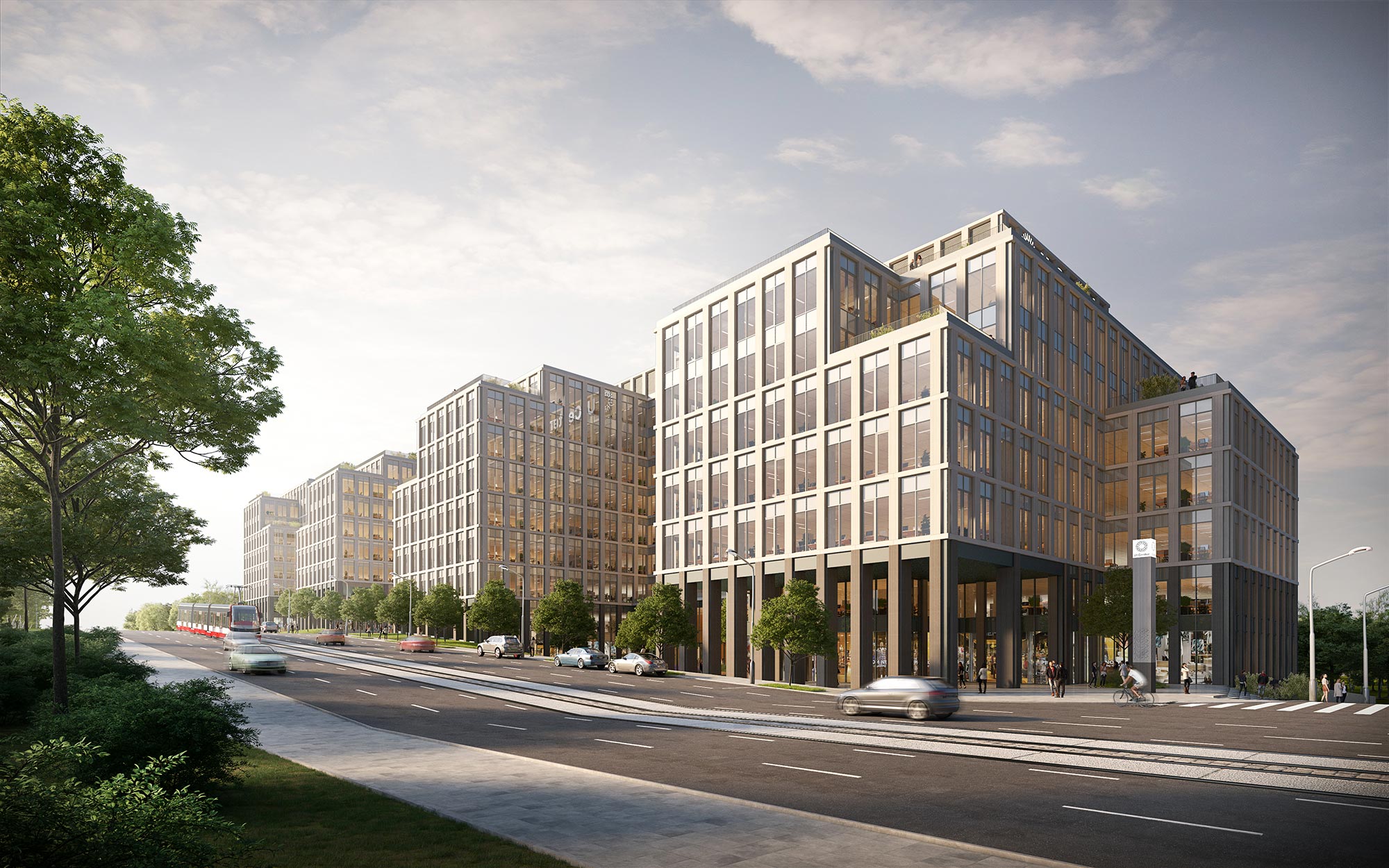
The Association of Real Estate Investors of Romania (AREI) highlights the fact that the adoption of the Spatial Planning, Urban Planning and Construction Code (CATUC) in its current form may violate the right of private property when it comes to green areas.
WHO and European Union recommendations
The World Health Organization (WHO) recommends that city dwellers have access to at least 0.5-1 ha of public green spaces within 300 meters of their homes. More precisely, a minimum level of green space of 50 square meters per inhabitant is necessary for a city to be considered resilient to climate change and excessive temperature rise.
On the other hand, the current standards of the European Union provide that the area of green spaces per inhabitant should be at least 26 square meters. In 2022, public green areas accounted for a relatively small share of total green space, estimated at only 3% of total urban area. However, this varies from one European city to another, with cities such as Geneva (Switzerland), The Hague (Netherlands) and Pamplona/Irunha (Spain) having more than 15% of the urban area available as green spaces.
State of green spaces in large cities of Romania
Where is Bucharest in the EU urban landscape? According to official data provided by Bucharest City Hall, Bucharest currently has 23.84 square meters of green spaces per capita and 8.2 square meters of parks per capita.
At the same time, according to data published by the National Institute of Statistics in 2023, 4,506 hectares of green spaces are available in Bucharest, the same figure as in 2022, which means an average of 20.8 square meters per inhabitant. However, there are two cities near the capital – Buftea and Voluntari, where the green area per capita is 29 times larger. But even here, the area of green spaces is decreasing from year to year. At the national level, the Capital is “gross”, whether we consider 23.84 square meters or 20.8 square meters. Compared to Bucharest, Cluj-Napoca registers 28.64 square meters of green space per capita, Timisoara has 41.82 square meters of green space per capita, Iași has 26.15 square meters of green space per capita, Oradea has 27.56 sq. while Brasov is currently considered the greenest city in the country – 118.54 square meters of green space per capita.
If the CATUC is adopted in its current form, there will be more green space on paper and much less in reality.

Public greenery or private greenery?
“The real estate industry wants to protect and increase green spaces. But the current form of the CATUC contains provisions that create a very important risk: if it is adopted in its current form, it may lead to a situation where local public authorities can declare through PUG green spaces of land privately owned by individuals and legal entities. Recommendations* proposed by AREI can prevent such situations. In the text of the code, it is necessary to indicate: “green areas that are in state ownership”. stated Robert Ionice, Member of AREI and General Counsel of NEPI Rockcastle Group. AREI members note that the declaration of a plot of land for development as a green zone in private ownership can only be carried out by going through the expropriation procedure; this CATUC provision is unconstitutional to circumvent an established and clearly enforced mechanism (expropriation).
“If the Code is adopted in its current form, it could lead to abuse, expropriation and lack of ownership if a private place is recognized as a green zone. Of course, green private space can be declared if it is the vision of the municipality, but only through expropriation and through a fair vision. It would be an abuse to declare a person’s yard, on which he is building a house, a green zone. he also scored Geo Mergescu, Member of the Board of Directors of AREI and Co-Founder and CEO of Forte Partners.
The Association of Real Estate Investors from Romania draws attention to the existing imbalance: “In the absence of expropriation (the only way to transfer land from private ownership to state ownership), no one can expect that private owners will arrange green spaces themselves, while state authorities own huge lands that have been neglected for 30 years. (unrefined, ungreen)”.
The representatives of the association also note that simply declaring a private building a green zone will not contribute to the creation of green spaces: “The PUG has large territories that are only theoretically declared as green spaces, which were not built up and remained so for 20 years. On the other hand, there are significant areas of land owned by public administrations or the Romanian state that could be developed as green spaces, but which have been abandoned for 30 years, such as the lands of the Esplanade project – District of Justice)”.
* Nota bene: The right to formulate/submit amendments belongs exclusively to legislative bodies and, accordingly, to their exponents. If we talk, for example, about the parliament, then this is an exclusive attribute of deputies/senators. Other actors involved in the public consultation process – professional associations, civil society, etc. may provide recommendations/suggestions/comments, so we specifically use the term recommendations. In addition, MPs/Senators are very sensitive to this aspect and always point out that the prerogative to introduce amendments, according to legislative norms, belongs to them.
Article supported by AREI
Source: Hot News
Ashley Bailey is a talented author and journalist known for her writing on trending topics. Currently working at 247 news reel, she brings readers fresh perspectives on current issues. With her well-researched and thought-provoking articles, she captures the zeitgeist and stays ahead of the latest trends. Ashley’s writing is a must-read for anyone interested in staying up-to-date with the latest developments.